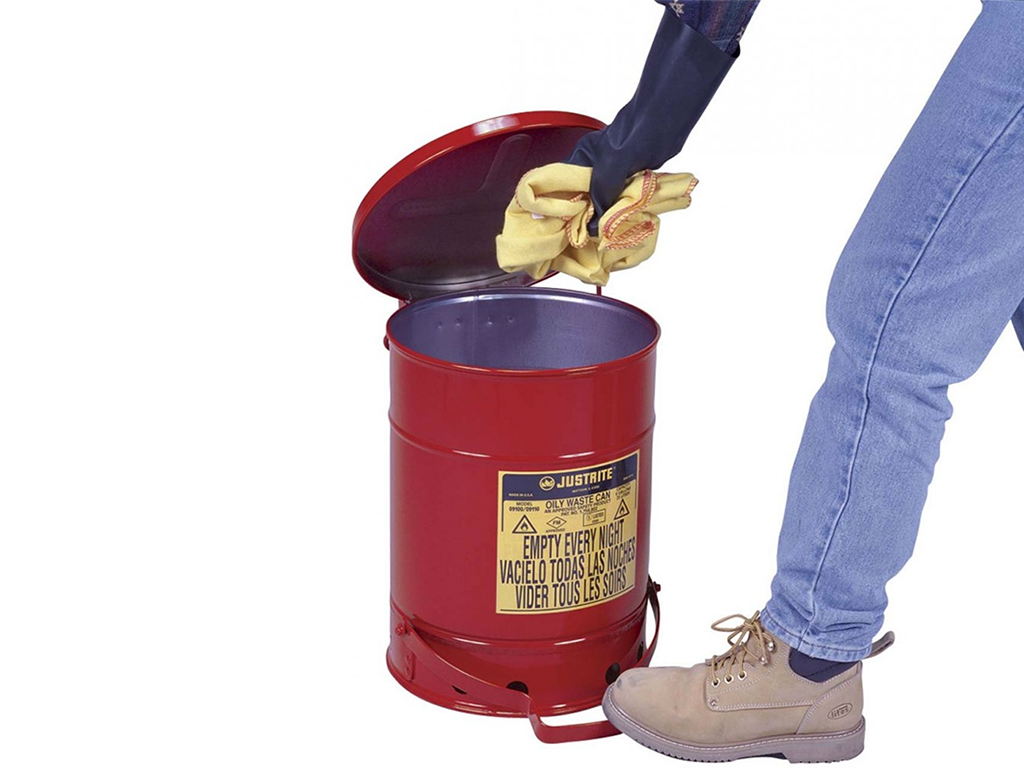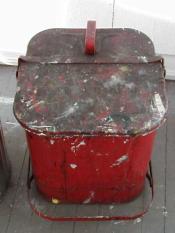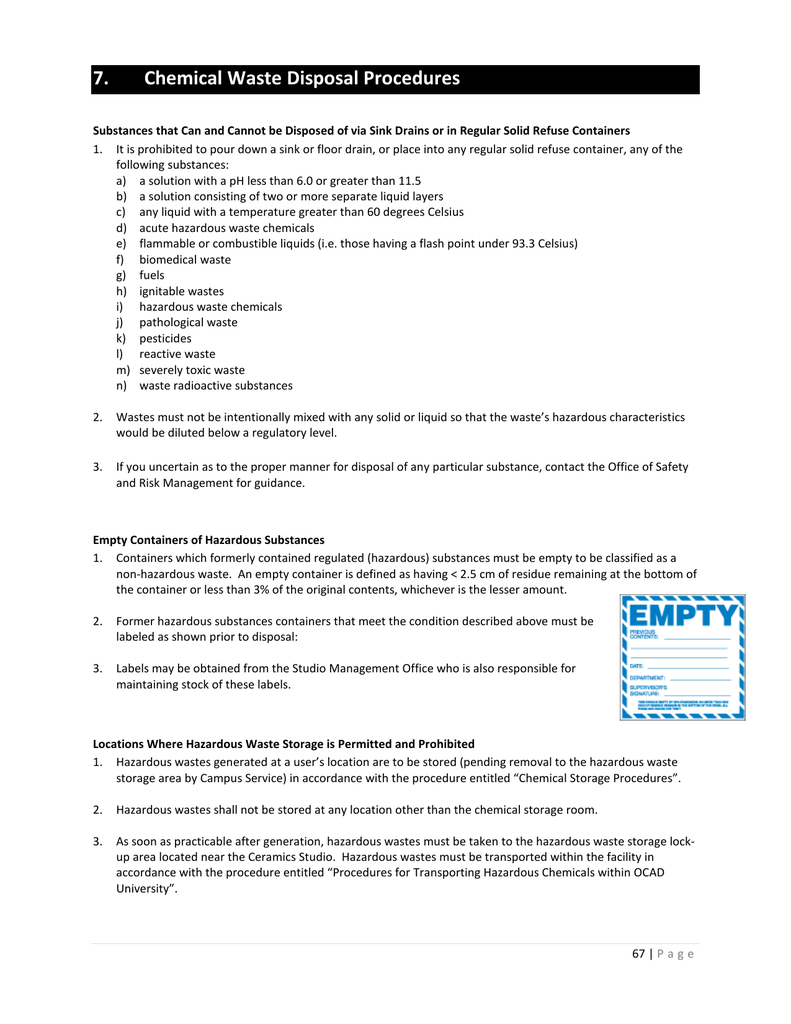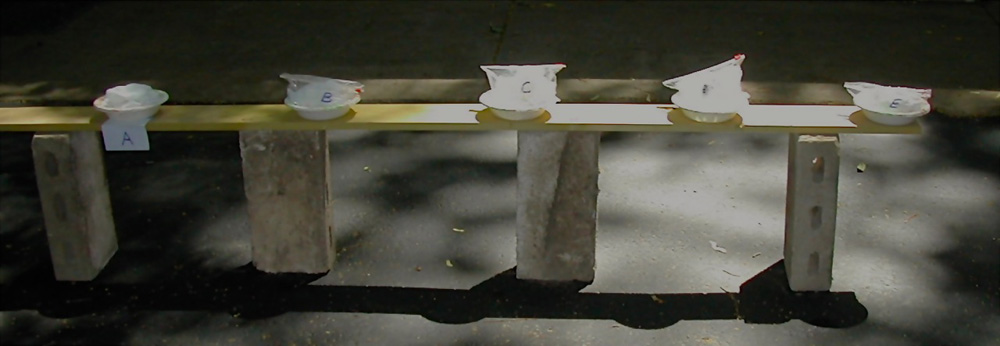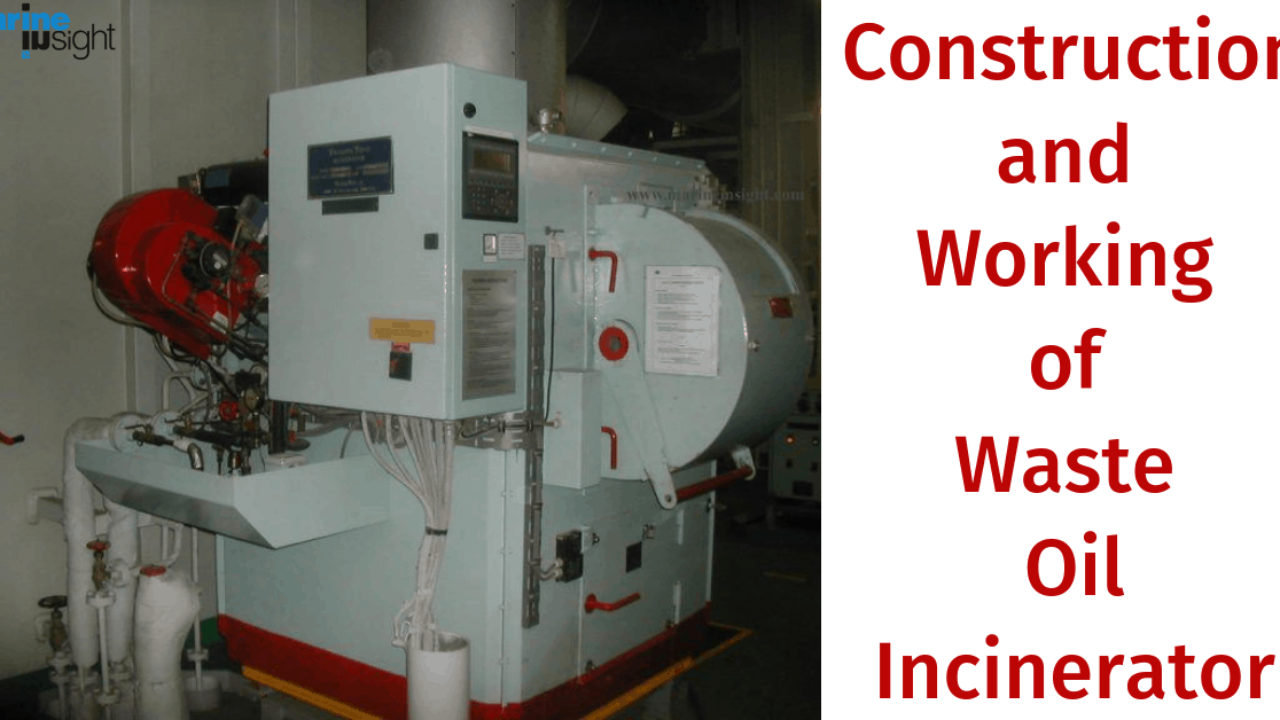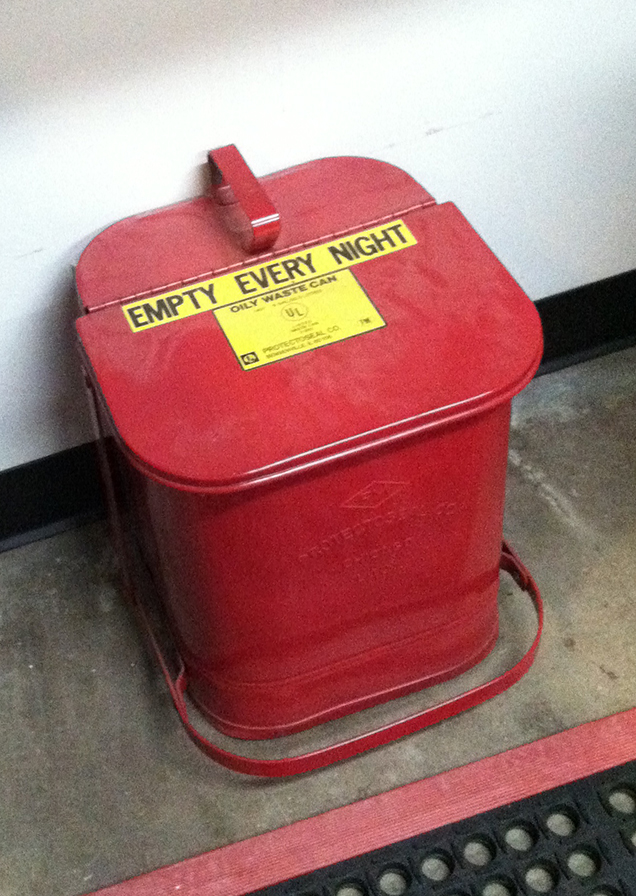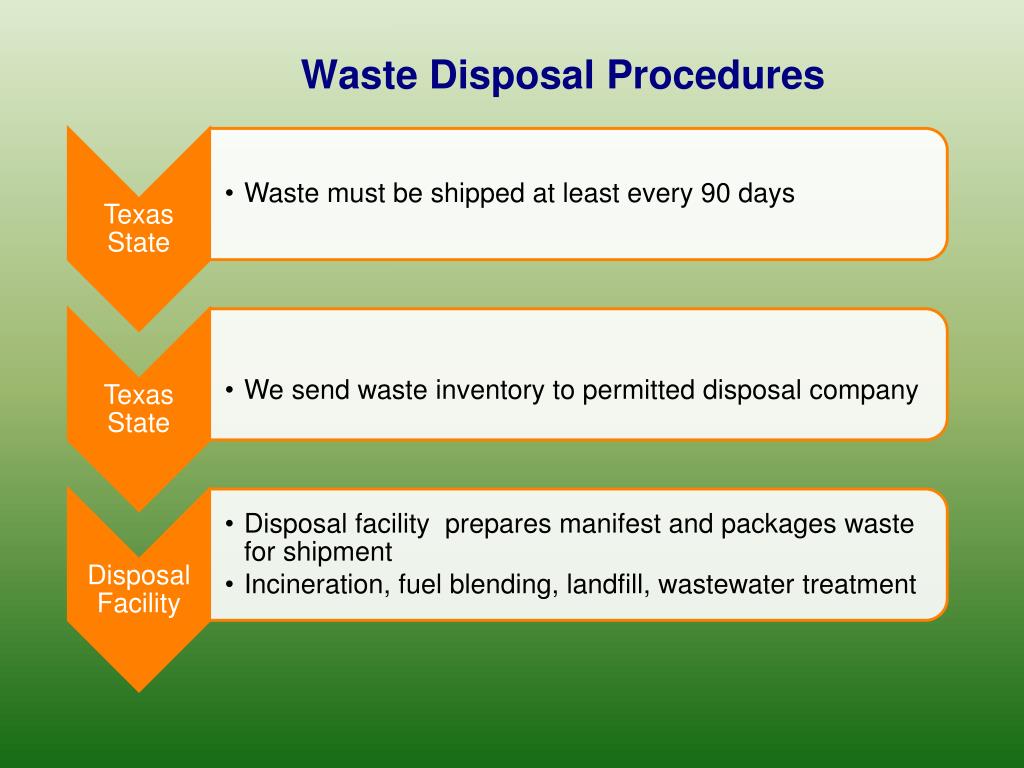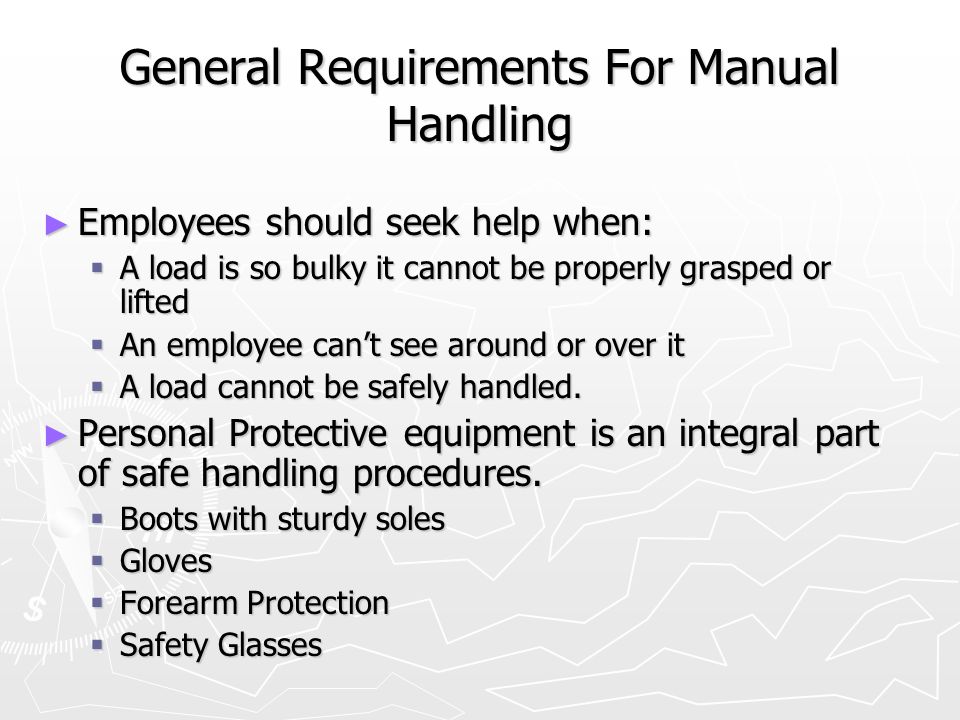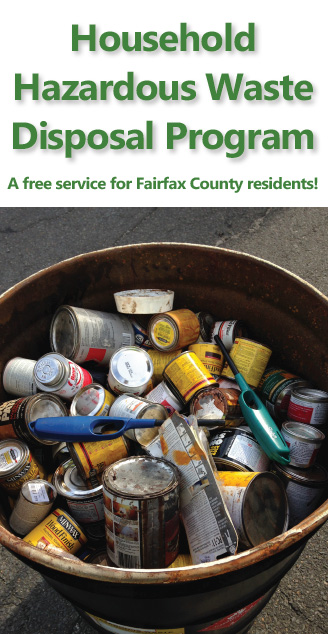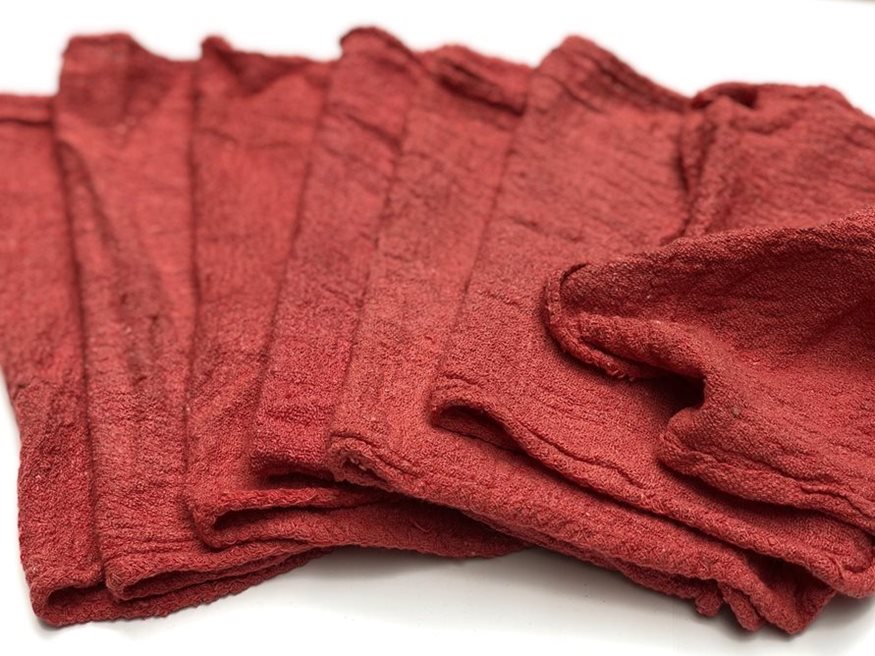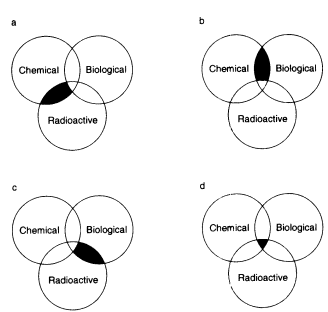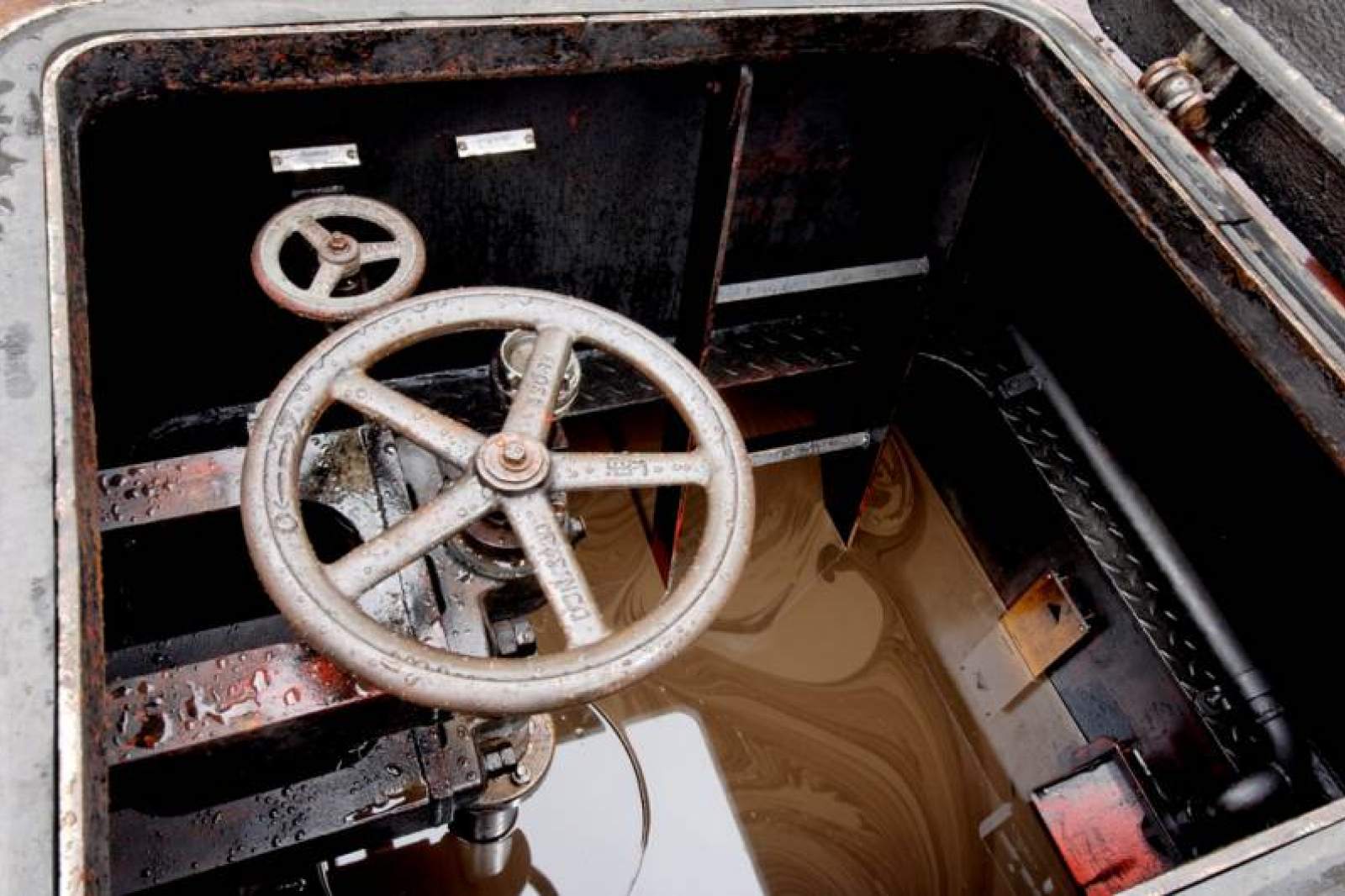Oily Rag Disposal Procedure
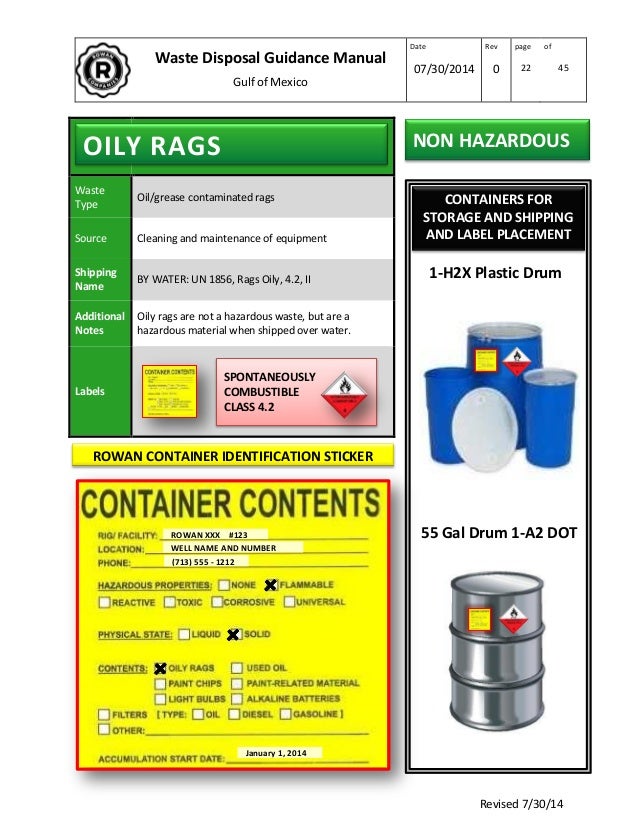
If material is non hazardous oily spills store in leak proof container.
Oily rag disposal procedure. Oil soaked rags are a spontaneous combustion hazard because as the oil oxidizes heat is released. Disposal of waste material or debris by burning shall comply with local fire regulations. Dispose as a municipal waste. Hang them outside to dry in a safe area or spread them out flat making sure they are weighted down.
For those of you who are unaware of the safety hazards associated with oily rags in the shop news reports about shop fires started by improperly stored oil soaked rags are common place. If the heat is not dissipated it can build up and ignite the rags. Once they are dry. It is common to use rags to wipe up spills or clean brushes.
Solvent contaminated wipes sent for disposal i e landfilling or incineration are excluded from hazardous waste regulation under 40 cfr section 261 4 b 18 known as the disposable wipes exclusion note however that the wipes sent for disposal continue to be considered solid wastes. Separate oily rags from other used rags that may be potentially ignitable contaminated with solvents etc. The easiest and safest way to store and dispose of flammable oily rags is to soak them in water in a metal container with a lid. If small quantities of oily shop towels or absorbents are generated then these can be discarded in the municipal trash.
1926 252 e all solvent waste oily rags and flammable liquids shall be kept in fire resistant covered containers until removed from worksite. Make sure no free liquid is present. For those who use oily rags daily or weekly. And it s always the same story a wadded up oily rag combusts and leads to a total devistation fire as seen in the youtube video above and described in.
Then wring out the rag and allow it to dry flat preferably outside. But wet rags can ignite on their own. Commonly used combustible liquids. As long as the lid is sealed you can keep the rags in the container until you re ready to take them to a disposal facility.
Place the rag in a container. Whenever using oil based finishes it s important to properly dispose of the application tools to prevent spontaneous combustion. Special oily waste cans should be used to store oil soaked rags. Rags towels and absorbents contaminated with oil and grease are not considered hazardous waste unless they are contaminated with a listed solvent see table 1 below.
Dispose of rags safely in two steps. Paint thinner kerosene and oil based paints and stains are some examples. They should not be in a pile. Once the rag is no longer in use soak it in a bucket of water.
Place dry rags in a listed oily waste container to be emptied by a private contractor. Safety with oily rags oil based paints stains and varnishes are often used for home improvement projects.
